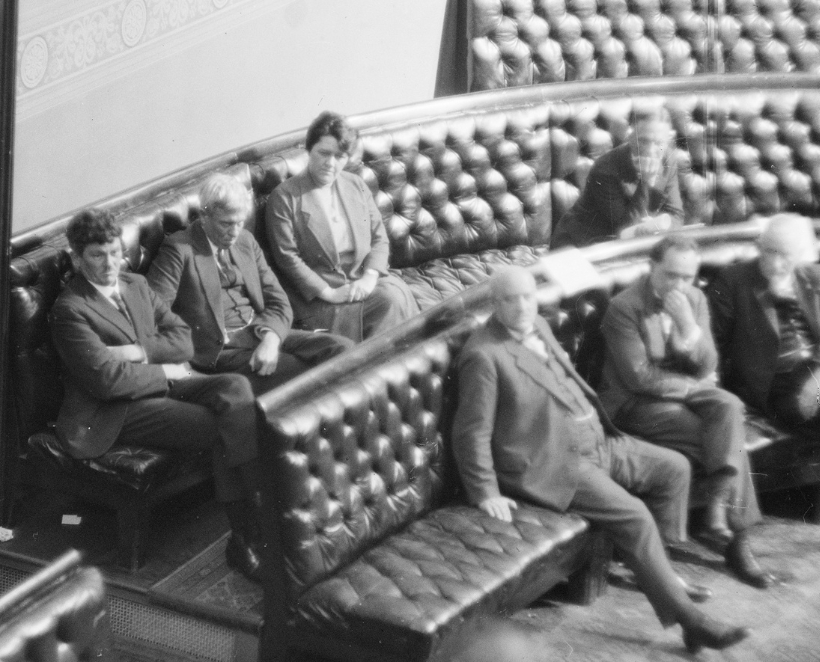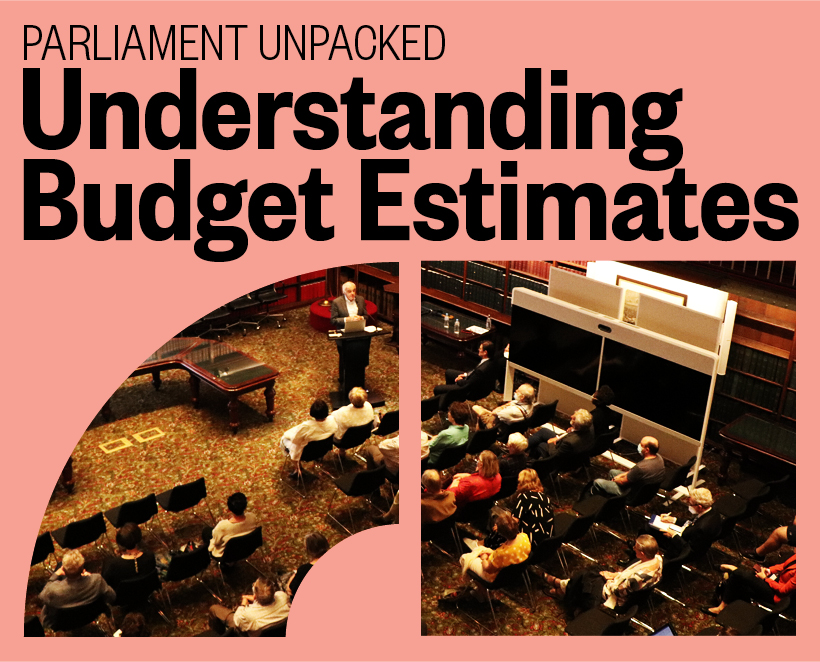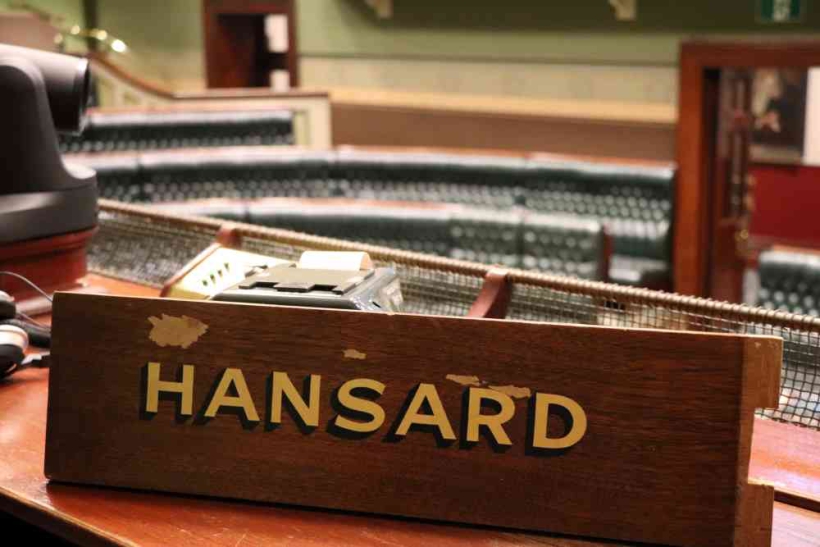
When members speak in Parliament, they represent their constituents. Their speeches influence decisions that affect us all, like the passage of legislation.
Most people can’t watch Parliament live, so if you want to find out what happened on any given sitting day it’s important that a complete and accurate transcript of proceedings is available. In most Commonwealth countries, including Australia, this transcript is known as Hansard.
Read on to find out about the curious history of Hansard, how it is created and how you can access it.
How long has Hansard been around?
Hansard takes its name from the Hansard family, who were key figures in printing documents for the British parliament in the 18th and 19th centuries. At this time, publishing statements made in the chambers was considered a breach of parliamentary privilege, so the earliest transcripts were unauthorised.
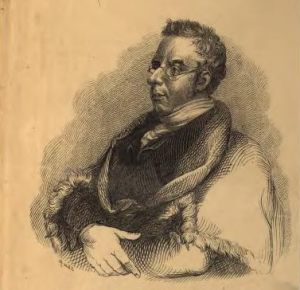
One such publication was William Cobbett’s Debates, produced from the early 1800s based on press reports, which he confirmed with the members. In 1809, Cobbett contracted Thomas Curson Hansard to print the Debates. Thomas Curson Hansard’s father, Luke Hansard, was a printer for the House of Commons.
In 1812, Thomas Curson Hansard took over the publication of Debates from Cobbett and significantly professionalised the business, employing reporters to take notes on proceedings in the chamber. In 1829, he published his name on the cover, so the transcripts became known as Hansard.
UK Parliament began subsidising the reports after 1878 and took over completely in 1890.
In 1893, the House of Commons Select Committee on Parliamentary Debates agreed on a definition of Hansard, which has remained essentially unchanged since:
A report “which, though not strictly verbatim, is substantially the verbatim report, with repetitions and redundancies omitted and with obvious mistakes corrected, but which…leaves out nothing that adds to the meaning of a speech or illustrates the argument.”
Hansard in NSW
New South Wales Hansard started on 28 October 1879 with the reporting of the Legislative Council. Prior to this, a record of House proceedings was published in The Sydney Morning Herald. Though NSW is Australia’s first parliament, we weren’t the first to have Hansard. Victoria, South Australia, Western Australia and Queensland had some form of Hansard report before NSW.
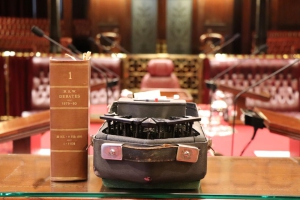
How is Hansard produced?
Each House has a team of nine or 10 reporters, who are rostered in a continuous relay of “turns”. At the start of a turn, reporters make notes in the chamber for 10 minutes.
The rest of the turn lasts 80 minutes and involves transcribing, editing and checking. For more than a century the basic system of shorthand reporters dictating to typists remained unchanged. Now, Hansard reporters use speech to text software to produce a first draft.
Reporters use a comprehensive style guide, House-specific form guides, and members’ notes to edit and fact-check the turns, paying particular attention to names, titles, and quotes.
While reporters make notes in the chamber at the start of a turn, subeditors log the proceedings, noting who is speaking, and on what item of business. Then, they review turns to ensure that speaker names and headings are correct and nothing has been misunderstood or omitted. Finally, they approve the turns for progressive publication on the Parliament’s website.
Publication occurs as the Parliament is still sitting, and the process repeats until both Houses have adjourned.
A few hours later — often in the early hours of the morning — the full day’s proofs are uploaded. On average, Hansard publishes 200 pages’ worth of text — the equivalent of a book— each sitting day!
Before the final Hansard is published each sitting week, the Deputy Editor and Senior Subeditor do a final cross-check against the chambers’ procedural records and for any corrections from members.
As well as reporting on what goes on inside the chambers at NSW Parliament, Hansard reports parliamentary committee hearings, ministerial conferences, and special conferences, meetings or seminars.
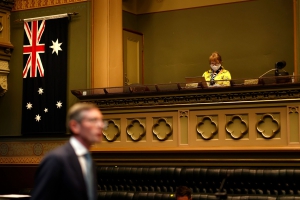
What goes in to Hansard
Hansard’s editorial objective is the pursuit of accuracy and consistency. Reporters include everything said in the chamber, regardless of news value or the political party of the speaker.
Hansard does observe the general rule that interjections are disorderly and that members are entitled to have their speech printed in the permanent record free of such redundancies. Interjections are not reported unless they are acknowledged by the member addressing the House or their reproduction is made necessary by a subsequent event, such as a ruling from the Chair.
How can I access NSW Hansard?
Hansard is available on the Parliament’s website. There are separate pages that sort Hansard by member, date, and bill.
If you’re looking for something more specific, you can also use the Hansard advanced search function, which allows you to search by keywords or phrases and filter by date range, chamber, portfolio, and other useful criteria.

